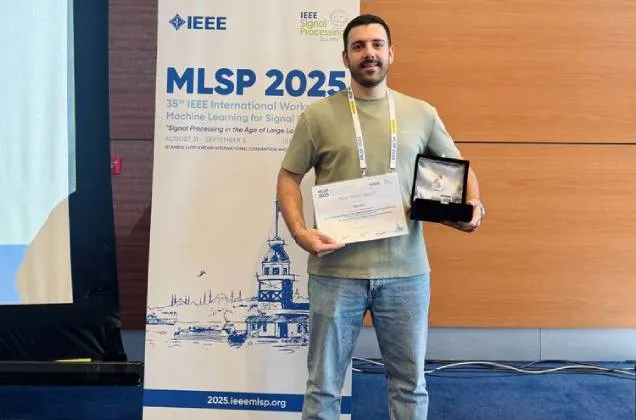24/08/2021
The project submitted by Canan Atılgan, Faculty Member at Sabancı University Faculty of Engineering and Natural Sciences (FENS) qualifies for support within the framework of the TÜBİTAK 1001 program.

Canan Atılgan’s project is entitled “A Generalized Computational Methodology for the Design of Genetically Encoded Fluorescent Biosensors”. Emrah Eroğlu and Ali Rana Atılgan, members of FENS, will act as researchers in the project.
The project aims to develop a holistic process that eliminates experimental trial and error stages in biosensor design, takes into account not only the binding region but rather the whole protein structure, and therefore puts more emphasis on the computational steps while also including experimental measurements.
Providing further information on the scope of the project, Canan Atılgan said, “Based on the premise that the problem of designing Genetically Encoded Florescent Biosensors (GEFBs) may be optimized only with a holistic approach that covers the whole protein structure, we aim to produce systematic and generalizable solutions to this problem through effective interventions at molecular level. Emrah Eroğlu will test and perfect the designed GKFBs in his lab. With our multidisciplinary project, which is plannned to continue for three years and will fund the scholarships of three PhD students, we hope to contribute to the basic science literature while we also manufacture prototype GEFBs on the applied side.”
Talking about the importance of the project and giving further details, Canan Atılgan continued, “There are many small molecules that are involved in metabolic processes in the routine functioning of a cell. Under conditions that challenge a cell’s functionality, changes in the number of these small molecules hint at the existence of extraordinary circumstances. For example, we can observe oxygen depletion in cancer cells resulting from metabolic reprogramming congruent with microenvironmental changes and the growth of co-factors such as NADPH; functional changes in brain diseases are consistent with the presence of free iron. Therefore, on-site measurement of selected molecules in live cells is important for early diagnosis and treatment. In practical settings, GEFBs are becoming the technologies of choice. GEFBs are nanotechnological tools which measure conformational changes in a protein that bonds a molecule through florescence, eliminating the need for additional complex equipment. Our faculty member Emrah Eroğlu is an expert in the development of such biosensors in a lab setting. While having scientific conversations with him in Fasshane during the pandemic, we learned that the manufacturing of functional GEFBs required trial and error processes that could literally take years. With our faculty member Ali Rana Atılgan, who is also a part of this project, we determined that it is theoretically possible to shorten the process by utilizing the functions encoded in the three-dimensional structures of proteins that constitute the GEFBs. Of course, there are technical hurdles that must be overcome in practice, but the current computational biology literature only focuses on those related to the design near the binding site of the ligand intended to be measured, a viewpoint we hope to change in the field.”




